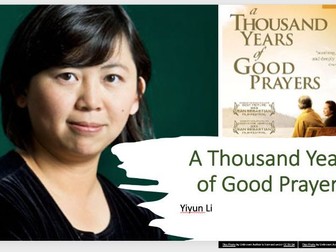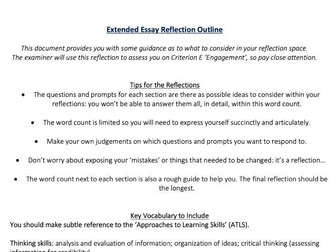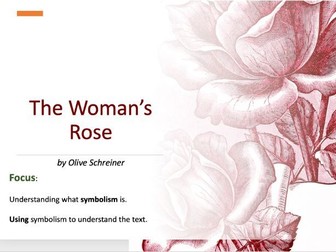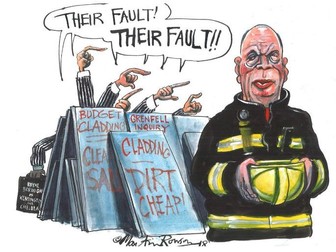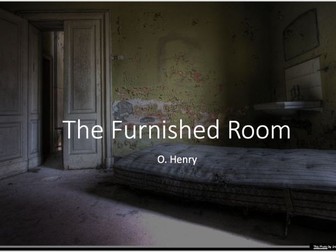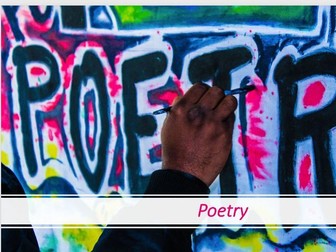The Gold Watch, by Mulk Raj Anand
<p>A small unit of work that supports students in studying ‘The Gold Watch’ by Mulk Raj Anand - one of the short stories in the Cambridge IGCSE.</p>
<p>The unit includes:</p>
<p>Contextual information to help students understand the story, including British colonialsim.<br />
Active reading skills to move the students through the story<br />
Reflective tasks<br />
Analysing conflict and themes<br />
Supporting writing with evidence<br />
Essay questions and analytical practice.</p>




